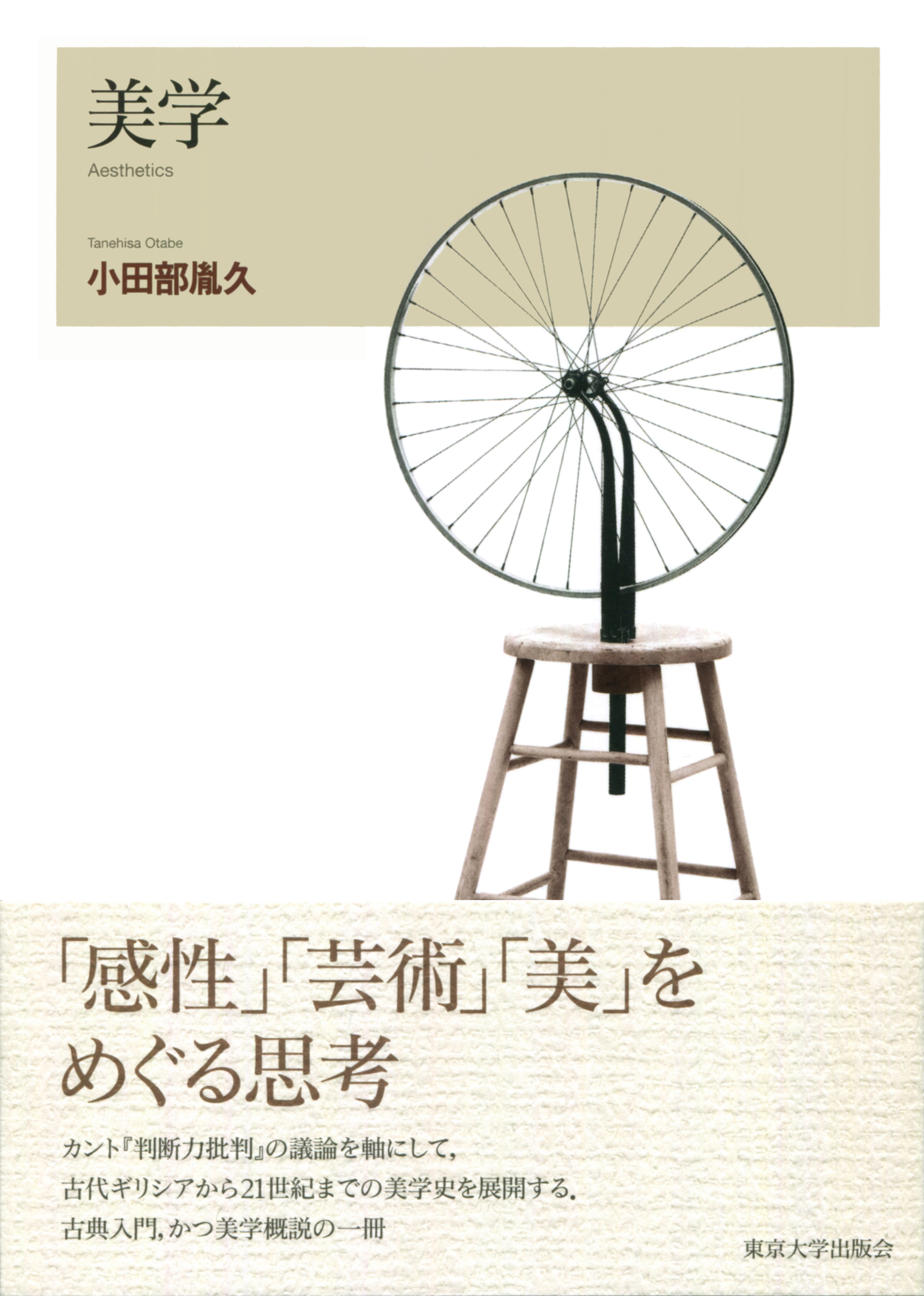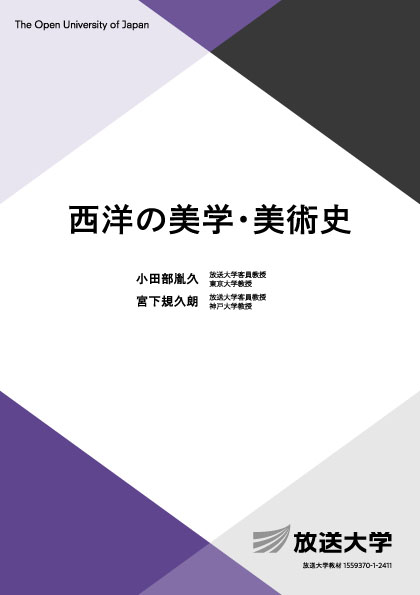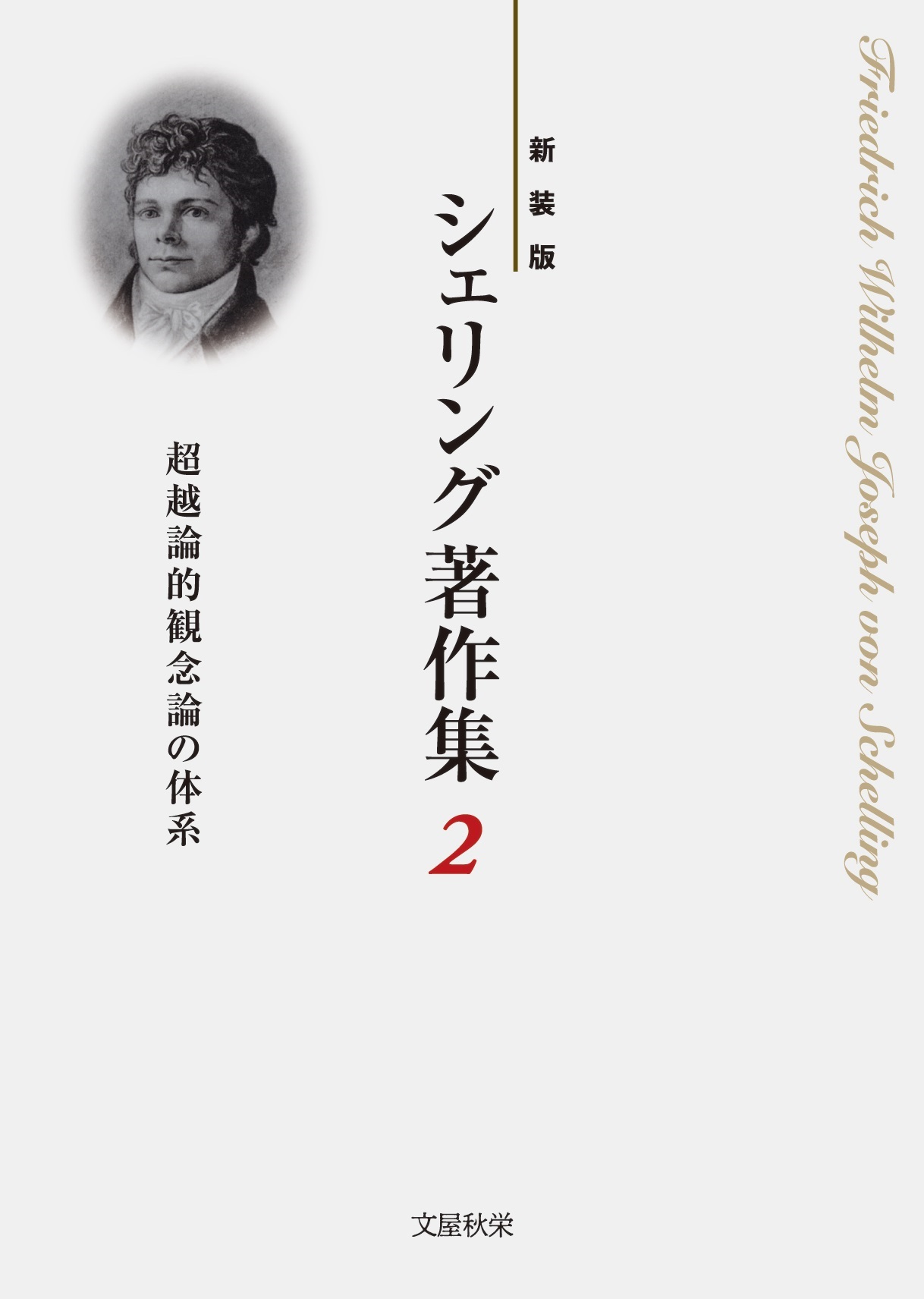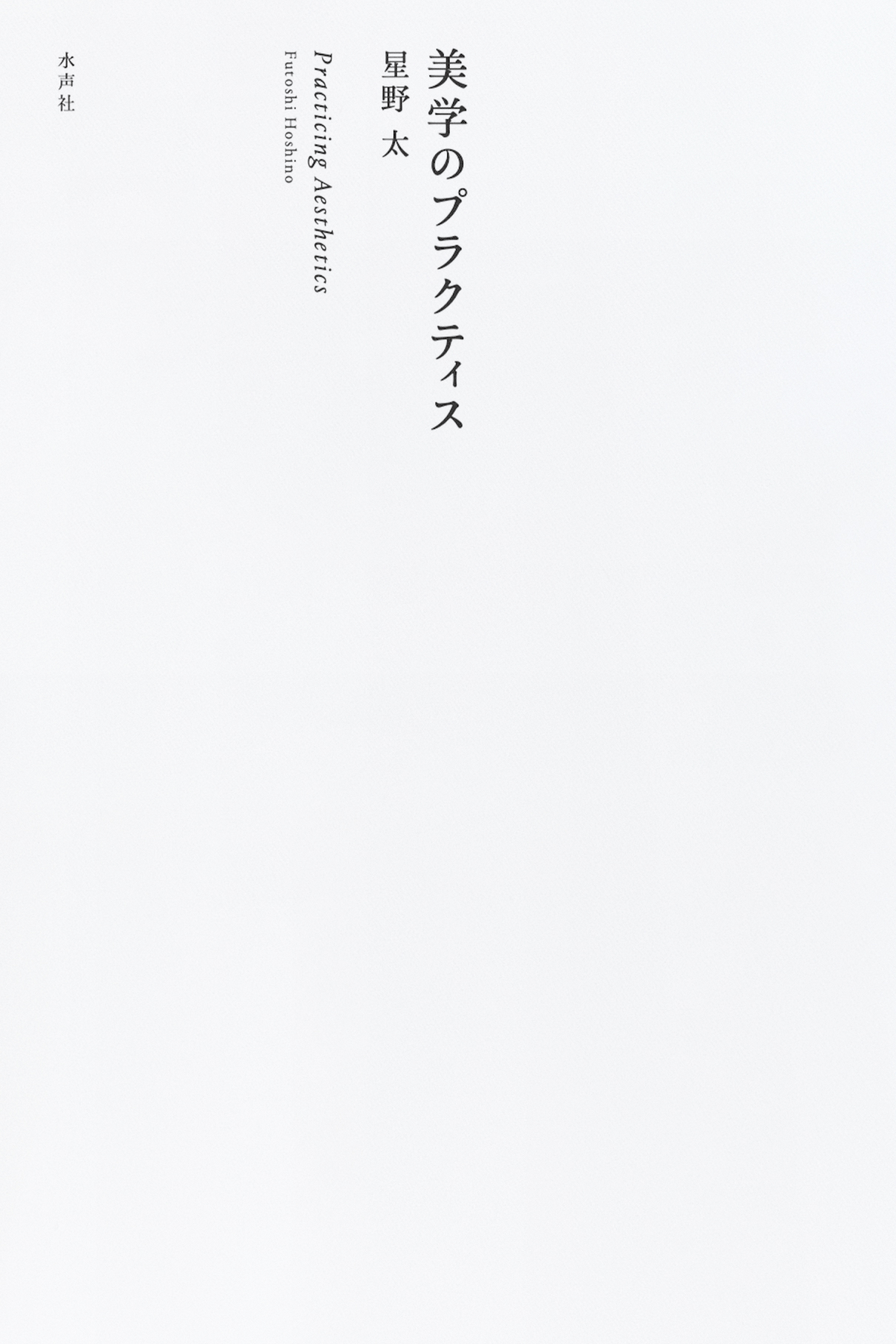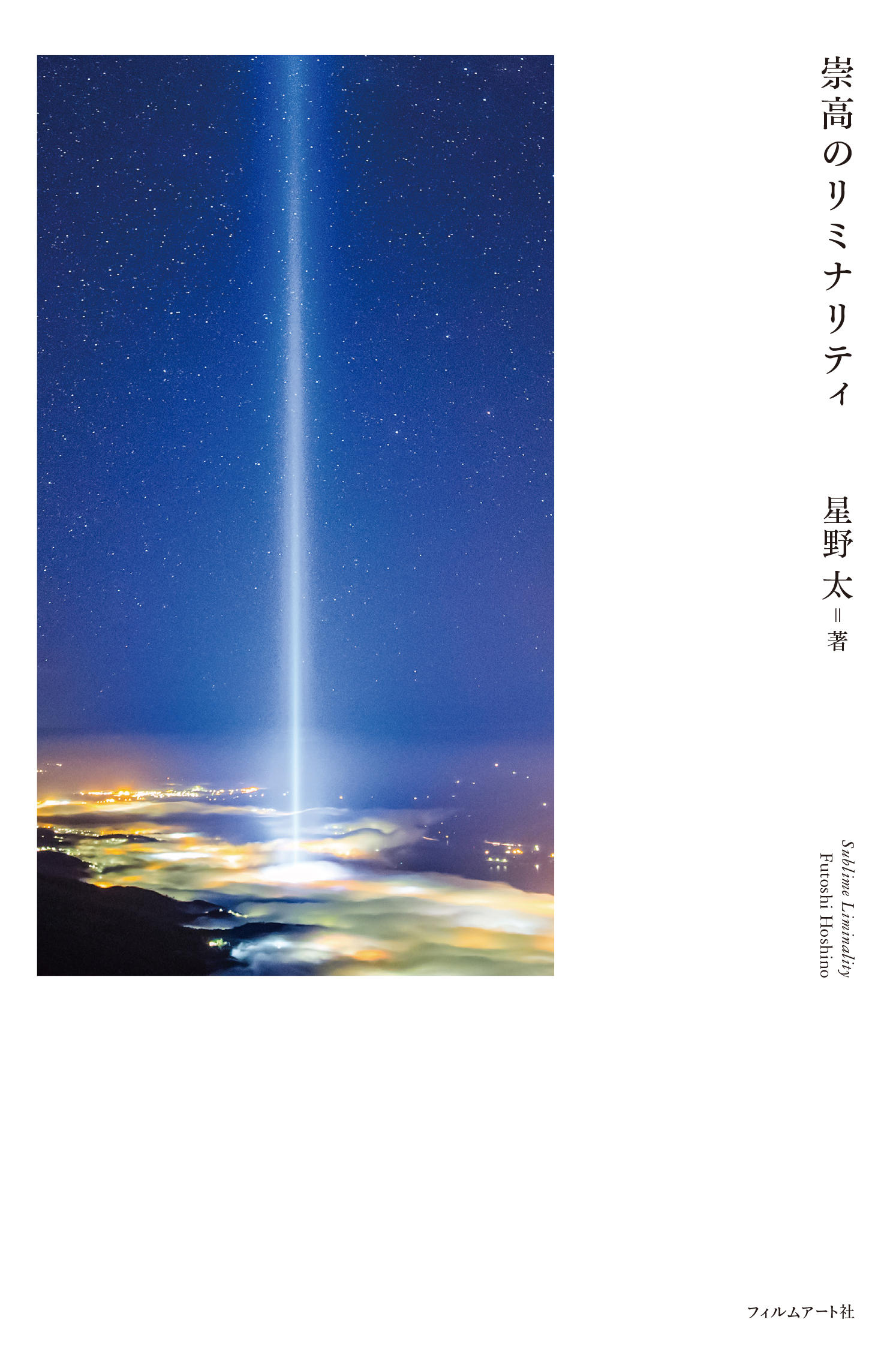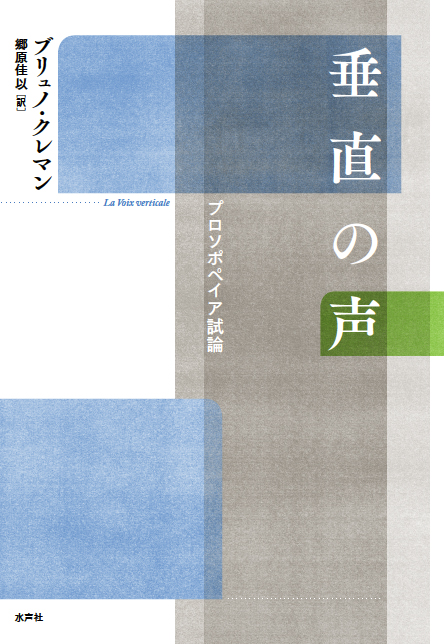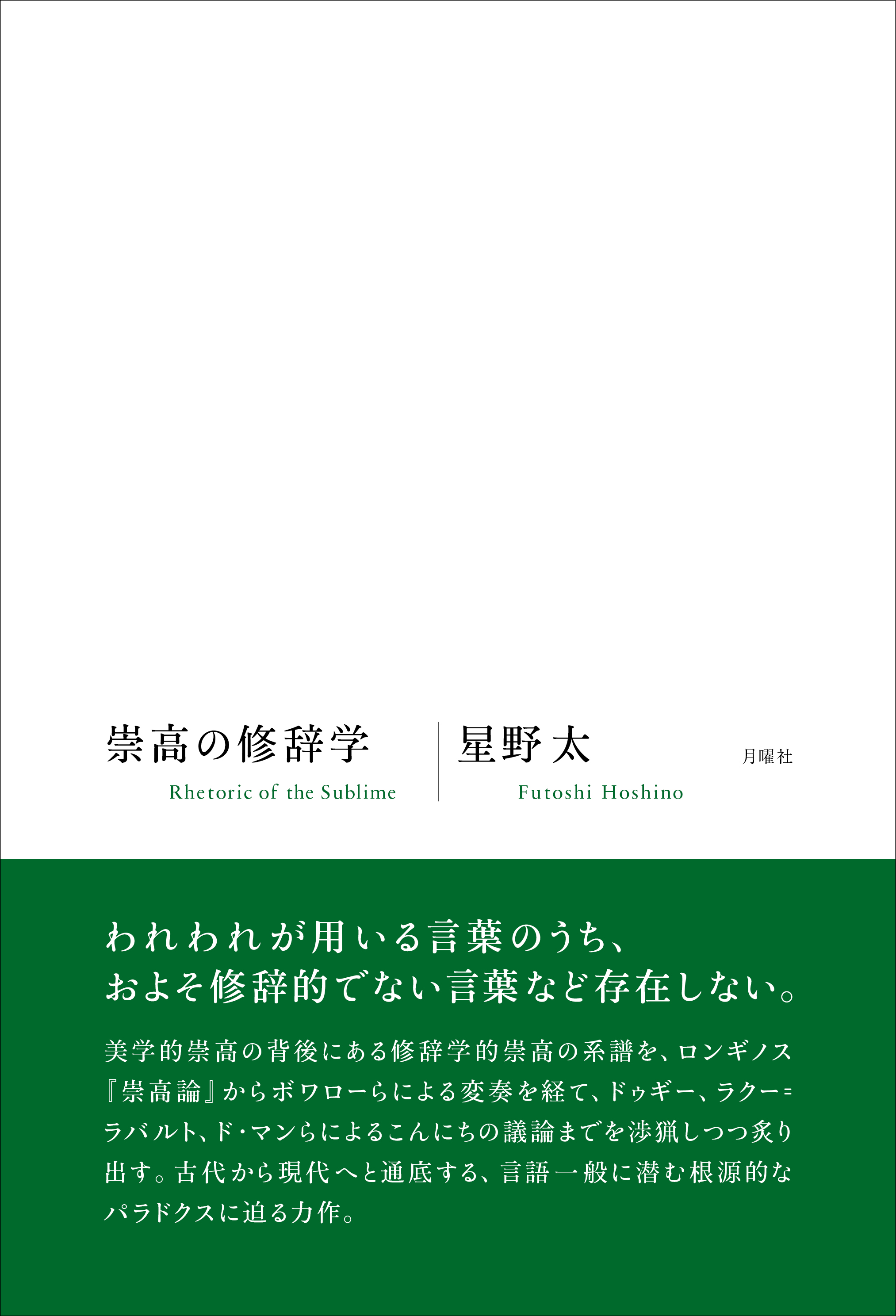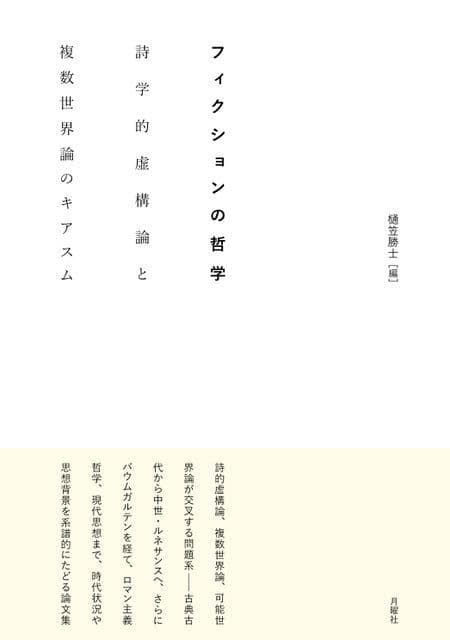
Title
Koten Tensei Series (Vol. 25) Fiction no Tetsugaku (The Philosophy of Fiction - Chiasmus (Intersections) between Theories of Fiction in the Study of Poetry and Multiverse Theory)
Size
344 pages, A5 format, hardcover
Language
Japanese
Released
March, 2022
ISBN
978-4-86503-131-7
Published by
Getsuyosha Limited
Book Info
See Book Availability at Library
Japanese Page
Fiction is indeed a strange thing. On the one hand, we understand and accept that fiction is not real. That is to say, no one gets angry that they have been fooled by fiction. On the other hand, fiction needs to be something real. Otherwise, it would have no power to attract our attention. This reveals the paradox that fiction is both real and unreal. This paradox emerges as the following questions. When I weep for the protagonist of a novel, are my tears real or not? When I feel trepidation while reading about a protagonist’s adventures, is my fear real or not? When considering these and similar difficult questions that have troubled numerous theorists, the following aphorism comes to mind: “How vain is painting, which attracts admiration by its similarity to originals we do not admire!” (from Pensées [Blaise Pascal] translated by Roger Ariew).
This book is a collection of articles and essays that explore the question of how the reality of fiction should be understood from the standpoint of multiverse theory. The book, edited by Katsushi Hikasa (professor of philosophy and aesthetics of the Middle Ages, Okayama Prefectural University), compiles twelve articles and four essays whose scope is too broad to be easily summarized. I therefore focus here on the article that I, myself, contributed.
My paper addresses the concept of der ästhetische Schein, which finds its origins in the aesthetic theory of Friedrich Schiller (1759–1805) and is—or at least has been—one of the central concepts in modern aesthetics. I chose this concept because it embodies, to my mind, the paradox of fiction in condensed form. The concept is interwoven with the ambiguity of the German term Schein (which means both glow and illusion) and is difficult to express in other languages, including English, having thus lost its importance today (now that English has become the dominant language of aesthetic theory). In Japan, Kiyokazu Nishimura (1948–) in his books such as The Philosophy of Contemporary Art and The Phenomenology of Play insisted that previous theories on der ästhetische Schein had committed a fallacy of mistaking “similarity to reality” for “representation of reality.”
In my article, however, I sought to save the concept of der ästhetische Schein from criticism by reconstructing it based on Schiller’s aesthetic theory (primarily based on his main philosophical work, “On the Aesthetic Education of the Human Being,” especially the 26th letter) from which the concept originates. According to Schiller, der ästhetische Schein neither resembles (or imitates) nor represents reality, thus escaping from the fallacy. It rather concerns the realm of the possible without relating, or even reducing, it to the realm of the real. I argued that Schiller’s aesthetic theory thereby elucidates what the aesthetic is.
(Written by OTABE Tanehisa, Professor, Graduate School of Humanities and Sociology / 2022)



 Find a book
Find a book


